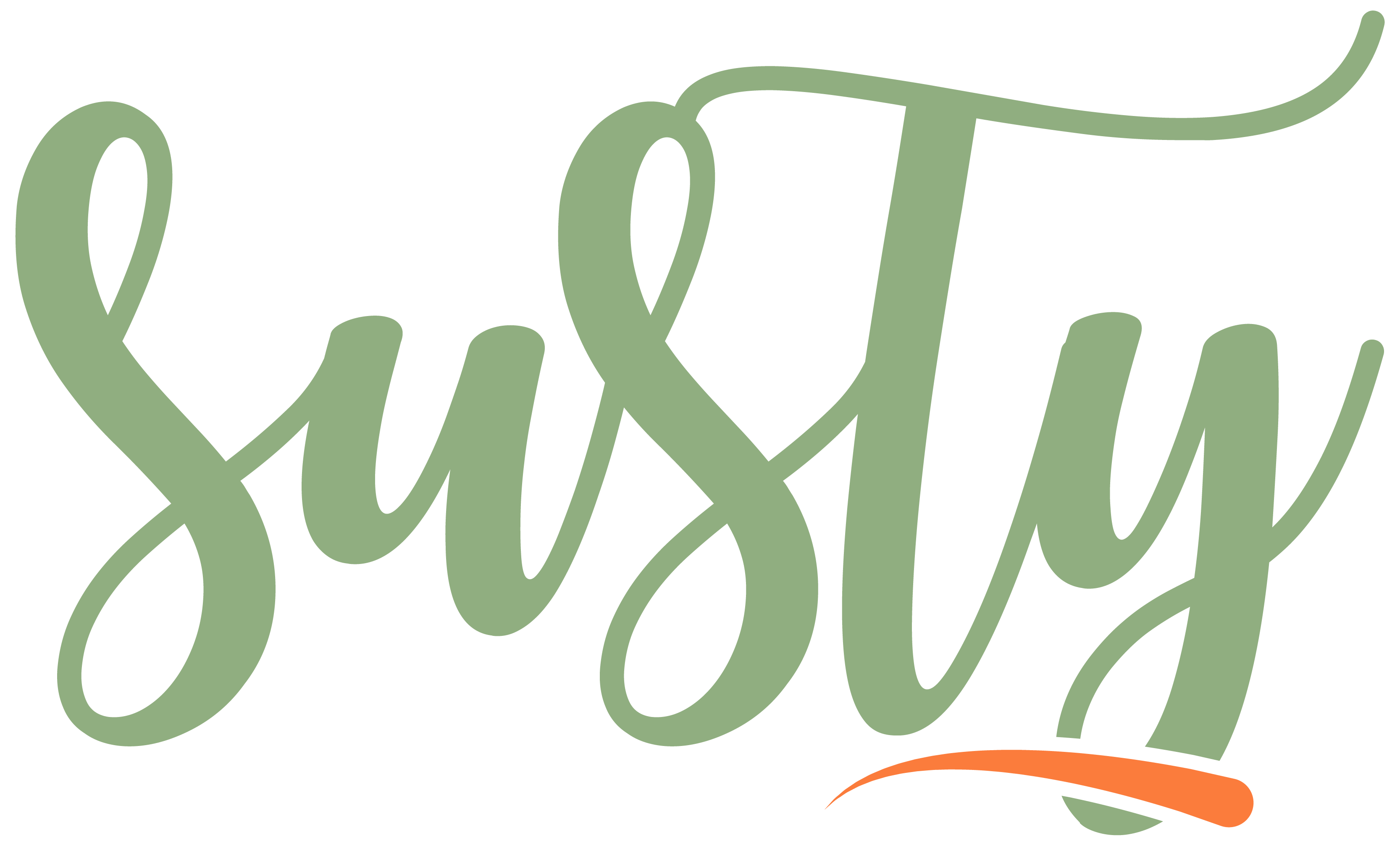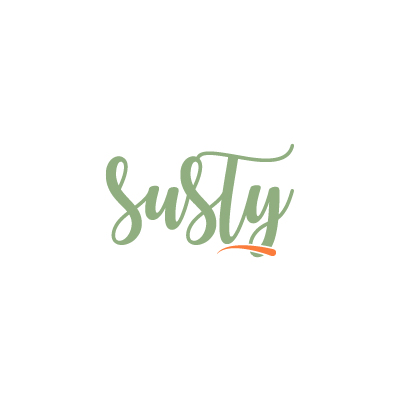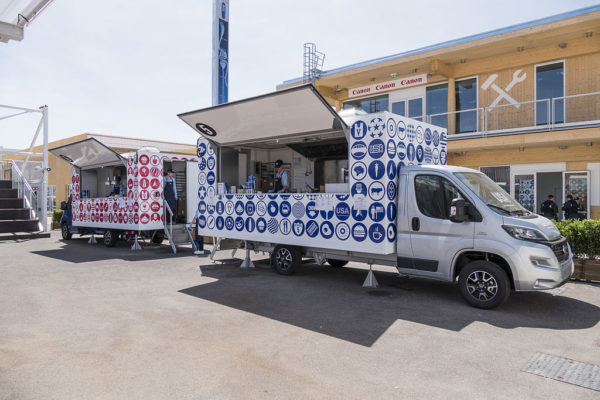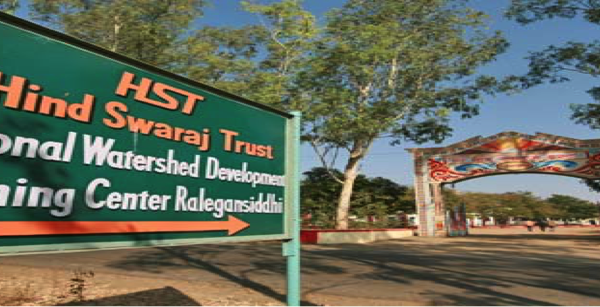Tsum Valley is tucked away, just northwest of Nepal’s capital Kathmandu, in the Gorkha district and is very close to the border with Chinese Tibet. In fact, due to this close proximity to the border the people that live here are Tibetans. Until just a couple of years ago this area was not frequented by tourists. Even today you cannot get there by vehicle, only by foot, which lends to its outstanding beauty and tranquility. It is also a Buddhist pilgrimage route. Spirituality is written all over the place: on boulders, slate, archways, flags, even in the wind. The valley is lined with numerous snow-capped peaks and is cut by the Buri Gandaki River.
If you want to appreciate the fullness of the Tsum Valley experience, you need to make sure that you stay with a family i.e. a homestay. This can normally be easily arranged through your trekking guide. I had the experience of staying with a family in Phule, a bustling village just over 3200m in altitude. It was called Sherap’s (sic – Sherpa’s actually!) Homestay. The layout of the home starts with an enclosed vegetable patch, which is protected from raging winds by slate walls, then you continue on a parallel path up to a gate that leads to another enclosed area, the main compound. Some livestock sheds (cattle, goats, yak, chicken) are prominent before you get into the two floor wooden and slate house. The living area is upstairs. This layout and the building materials are quite typical in this region to suit the extreme mountain conditions and available resources.
We were hosted by a seven-member family. Or was it eight? I lost count. I met two young boys, one a toddler and the other very bubbly, always running around. There were four girls, but I’m not sure if the eldest was a sister of the man of the house. It is not unusual for the people in this region to have many children per family. Some say that the high fertility rate here is because, apart from the agricultural life, there is not much else to do but make babies! The addition of the human element to the nature experience deepens the appreciation of the region, and I think helps a foreigner understand the sentiments and motivations of the people and their relationship with the environment around them. The bedrooms are traditionally carpeted, Persian style, with the beds slightly raised. The carpet is a useful insulation from the cold draughty wooden flooring and gives the place a homely feeling. We ate and communed in one big room, adorned with Tibetan traditional pots for storage of water, nyak (female yak) milk and other foods. The owner was a fantastic cook. We had a standard ‘dal bhat’ (lentils with rice) but with some fresh, hot chili pickle, with the dhal mixed with herbs and beans. All these ingredients form the local staple dishes, affordably traded and easily grown. The remoteness of the region makes local produce the standard. The side dishes and refreshments included local millet wine, yoghurt and the famous salty nyak milk (remember, the yak is male!) tea. I did not forget the sensation of earing the best damn ‘saag’ (spinach) I’ve ever had, picked from the vegetable garden by the owner’s chirpy daughters.
After our two big servings, our trekking guide and the porters had tsampa, a millet mash instead of rice, which has more carbohydrate, essential for porters that have to lift heavy loads all day. There was plenty of time for playful photography with the family, relaxed banter (with plenty of translations between English, Nepali and Tibetan) and watching television. Yes – I said the region is remote but with a satellite dish, decoder and television, the world is suddenly at your fingertips. We saw the local news and settled to watch a long drawn Bollywood superhero, science fiction film.
Through this homestay, I learned so much about life in this region of Nepal and about the local culture. I would recommend homestays to anyone seeking an authentic travel experience, filled with learning, new food, and discovery.





